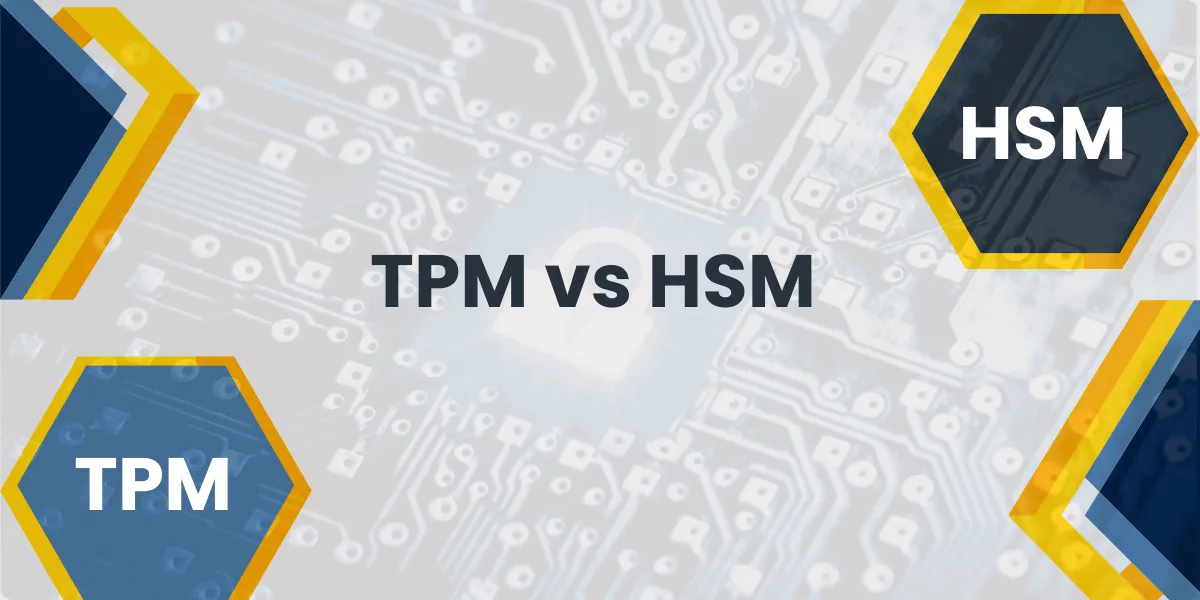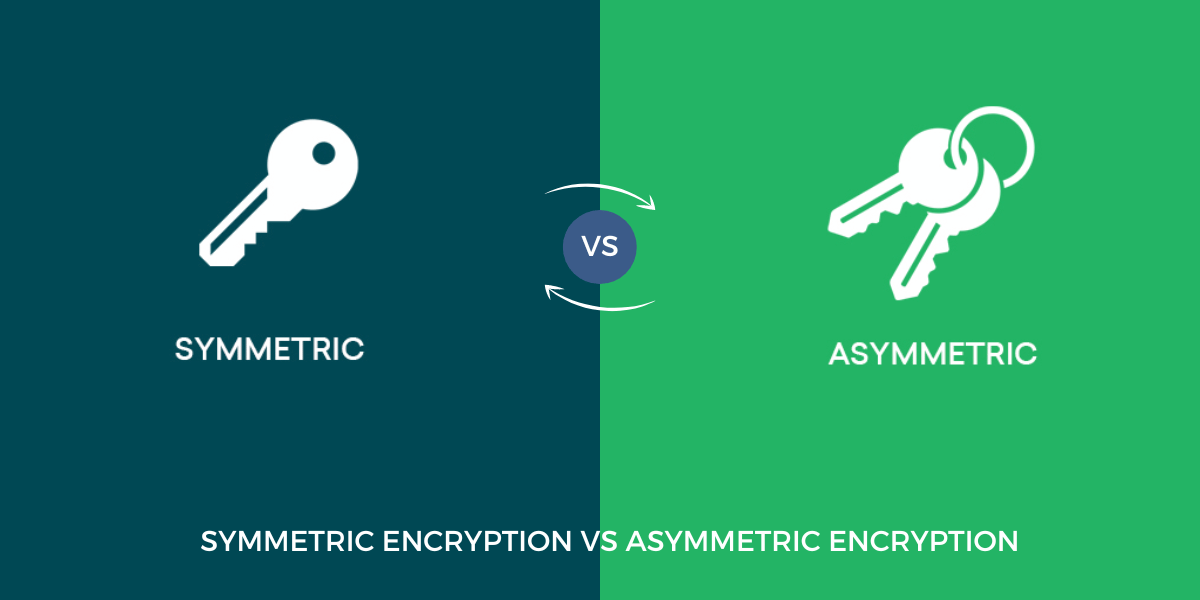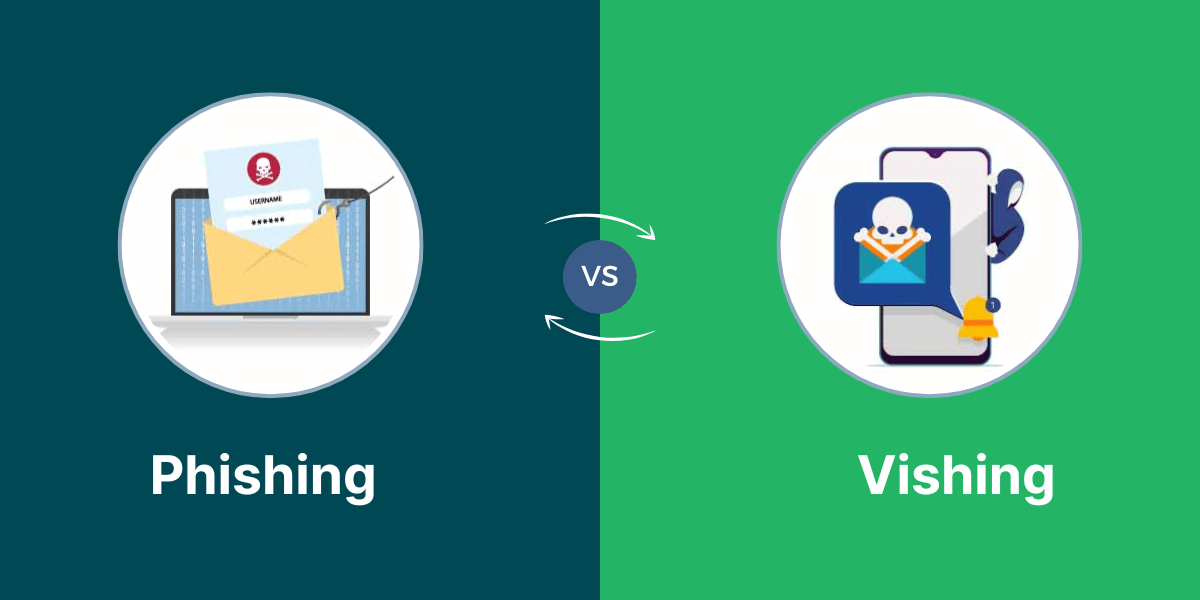Technical Difference Between Server Certificate and Client Certificate
Server Certificate vs Client Certificate is an important technical distinction in network security. Certificates are used to validate digital identities and enable secure connections through encryption. While server certificates are issued to web servers to establish HTTPS sessions, client certificates serve a different purpose by also authenticating the client machine or user to a server. This intro aims to explain key technical differences between these two types of digital certificates.
Head-to-Head Comparison between Server Certificate vs Client Certificate
| Feature | Server Certificate | Client Certificate |
|---|---|---|
| Purpose | Authenticates server identity to clients | Authenticates client identity to server |
| Issued to | Organization/entity owning server | Individual user, device or application |
| Trust model | Public CAs | Can use internal CAs |
| Ease of deployment | Easy transparent deployment | More complex implementation |
| End user impact | Minimal, encrypted connection | Disrupts user workflow for authentication |
| Compromise impact | Impacts all users of server | Isolated impact to individual |
| Access control | General encryption of transport | Tight control of access to resources |
| Use cases | Websites, servers, IoT devices | VPN, web auth, email signing |
| SSL/TLS role | Enables encrypted session | Authenticates within encrypted session |
| Standard | X.509 standard certificates | Variety of standards including X.509 |
| Private key storage | Server | User device like laptop, mobile |
| Lifespan | Short, expires in 1-2 years | Can be longer lasting |
What is a Digital Certificate?
Before diving into server and client certificates, it’s important to understand what a digital certificate is in general.
A digital certificate is an electronic document that uses a digital signature to bind together a public key with an identity. Certificates serve as a way to establish trust and validate that a public key belongs to the entity it claims it belongs to.
Digital certificates contain information such as:
- Public key
- Identity of entity the certificate was issued to (common name)
- Issuing certificate authority
- Validity period (start and expiry date)
- Signature of the issuing CA to prove authenticity
Certificates provide a way to establish secure encrypted communication using public key infrastructure (PKI). The certificate allows the recipient to verify the identity of the sender and make sure the public key really belongs to that entity.
There are two main types of certificates used for internet security – server certificates and client certificates. Let’s look at each in more detail.
What are Server Certificates?
A server certificate is a type of digital certificate that is used by web servers to establish an encrypted connection with web browsers.
Server certificates enable HTTPS (SSL/TLS) which encrypts communication between a web server and web browser. This secures the connection between the client (browser) and the server.
The main purposes of a server certificate are:
- Encrypt communication between server and client using SSL/TLS protocols.
- Prove the identity of the web server and domain.
- Enable the green padlock and HTTPS in the browser address bar.
- Give users confidence they are communicating with the legitimate website and domain owner.
Server certificates establish trust between the user’s browser and the web server. The certificate is issued to the legal entity that controls the domain names the certificate is valid for.
How Do Server Certificates Work?
When a web browser connects to a web server over HTTPS, the following happens:
- The browser requests the site’s certificate as part of the initial HTTPS handshake.
- The web server provides its certificate back to the browser
- The browser checks if the certificate is trusted by looking at:
- Who issued the certificate (trusted CA)
- That the certificate is within the validity period
- The domain name matches the website URL
- If the certificate checks out, the browser establishes an encrypted SSL/TLS connection with the server.
- The browser displays a padlock to indicate the connection is secure.
- Data transmitted between the browser and server is now encrypted.
The server’s public key contained within the certificate is used to encrypt the traffic. The server’s private key is used to decrypt the traffic on the server side.
This allows secure symmetric encryption keys to be exchanged, so all data in transit is fully encrypted.
Server Certificate Issuance and Validation
For a server certificate to function properly, it needs to be issued by a trusted certificate authority (CA). Well known commercial CAs include DigiCert, Comodo, GlobalSign and GoDaddy.
The CA validates the requestor controls the domain names being included in the certificate. This prevents bad actors from getting certificates for domains they don’t own.
Validation techniques used by the CA may include:
- Email Validation: The CA emails the WHOIS contacts for the domain to approve the issuance.
- DNS Validation: Creating and validating a special DNS record that only the domain owner can create.
- File Validation: Requiring the owner upload a special file to the root of the website.
Once the CA has validated domain control, they will issue the certificate.
When a browser receives the certificate from the server, it checks:
- The CA that issued the cert is trusted.
- The certificate is within the validity period.
- The domain name matches the site URL.
As long as these check out, the browser will trust the certificate and establish the encrypted connection.
Uses of Server Certificates
Server certificates are used to secure communications for:
- Websites: Enable HTTPS and SSL/TLS for public facing websites and web applications. Used for ecommerce sites, login pages, webmail etc.
- APIs: Secure API traffic and communications between servers. Ensure integrity and privacy of API data.
- Load Balancers: Offload TLS encryption processing to load balancer. Single certificate can secure multiple backend servers.
- Email Servers: Used to secure protocols like IMAP, POP, SMTP with TLS encryption. Requires a dedicated certificate.
- Network Devices: Used for administrative HTTPS access to routers, firewalls, VPNs, etc.
- Iot Devices: Secure device to device communication and device to server communication. Authenticate devices.
Pros of Server Certificates
- Encrypted connections prevent data theft in transit
- Identifies server and organization
- Reassures users of security (HTTPS padlock)
- Easier deployment than client certificates
- Less disruption to user experience
Cons of Server Certificates
- Only authenticates the server, not the client users
- Risk of stolen private key compromising security
- Short lifespans typically 1-2 years require renewals
- Cost involved in commercial certificates
What is a Client Certificate?
A client certificate is a type of digital certificate that is used to identify a client connecting to a server. Client certificates are used for mutual authentication between user and server.
While a server certificate authenticates the server to the client, a client certificate is used to authenticate the client to the server. This provides stronger 2-way authentication and access control.
Client certificates are typically used for:
- User Authentication: Identify users connecting to VPNs, web applications, cloud services etc.
- Device Authentication: Identify IoT devices connecting to centralized servers. Authenticate device identity.
- Code Signing: Identify and authenticate software connecting to servers. Verify integrity.
- Email Signing: Add digital signature to outbound emails to validate sender.
- Encrypting Files: Secure and encrypt files where the certificate holder can decrypt them.
Client certificates help provide a higher level of authentication and access control than relying solely on usernames and passwords. The private key is harder to compromise than a password.
How Do Client Certificates Work?
Here are how client certificates are used for authentication:
- A client certificate is generated and issued to a user, device, or application. This contains the public key.
- The client keeps the private key secret. This key pairs with the public key.
- When the client connects to the server, they provide the client certificate.
- The server validates the certificate signature matches the issuing CA.
- The server generates a random symmetric key and encrypts it with the public key from the certificate.
- The client decrypts the symmetric key using their private key.
- Client and server now share an encrypted session using the symmetric key.
- The server grants access to authorized clients with valid certificates.
This allows the server to control access based on the client certificate used. The client proves their identity using their private key.
Client Certificate Issuance and Validation
Client certificates need to be issued from a trusted CA, just like server certificates.
However, for client certificates intended for user authentication, an intermediate issuing CA is often used. This avoids the root CA being compromised.
The intermediate CA certificate is signed by the root CA, allowing trust to inherit.
For public sites allowing user authentication, the client certificates work through a browser and are standard x.509 certificates.
For internal enterprise use cases like VPN authentication, specialized CAs can be used including Windows Server CAs. OpenSSL and other platforms also have tools to issue client certificates.
The issuing CA is responsible for validating the identity before issuing the certificate. This might include in-person vetting.
Uses of Client Certificates
Some common uses cases for client certificates include:
- VPN Authentication: Identify and authenticate users connecting to VPN services. More secure alternative to username/password.
- Web Authentication: Authenticate users accessing web applications and portals. Allows strong multi-factor authentication.
- Cloud Authentication: Identify users and applications accessing cloud servers and services. Provides access controls.
- Email Signing: Digitally sign outbound emails to validate sender identity and domain. Prevents spoofing.
- Email Encryption: Encrypt email messages which only recipient can decrypt with their certificate private key.
- IoT Device Authentication: Identify and authenticate IoT devices connecting to centralized servers. Ensure authorized devices.
- Code Signing: Digitally sign executables and software to certify publisher identity and integrity.
- File Encryption: Securely encrypt files where only recipients with the certificate private key can decrypt.
- Smart Cards: Store and utilize certificates from tamper-resistant smart cards for strong authentication.
Pros of Client Certificates
- Stronger authentication than usernames and passwords
- Better prevention of spoofing, tampering and repudiation
- Tight access control to servers and services
- Users can’t share credentials (private key)
- Can revoke or expire certificates
Cons of Client Certificates
- Deployment more complex than server certificates
- Certificate management overhead
- Private keys can still be stolen or misused
- Not universally supported on all user devices
- Disrupts user experience with extra authentication steps
Key Differences: Server Certificate vs Client Certificate
Here are some key differences between server certificates and client certificates:
- Server certificates authenticate the server to client users. Client certificates authenticate users/devices/code to the server.
- Server certificates rely on public CAs. Client certificates can use internal CAs for enterprise use cases.
- Server certificates are easier to deploy transparently. Client certificates require user involvement and a change in workflow.
- Server certificate issues affect many users. Client certificate issues isolated to individual.
- Server certificates primarily enable encryption. Client certificates focus more on authentication.
- Client certificates allow strong access control of server resources. Server certificates establish general transport encryption.
- Compromise of server private key affects all users. Compromise of client private key affects only that user or device.
When to Use Server vs Client Certificates
Some general guidelines on when to use server vs client certificates:
- Use server certificates when you just need to secure a website or server. No end user authentication required.
- Use client certificates if you need to control access to specific server resources for authenticated users.
- Server certificates suffice for public websites and services accessed anonymously.
- Use client certificates when strong authentication is required before allowing access.
- Server certificates are better for users casually accessing a site. Client certificates are better for privileged admin access.
- Use both certificate types together to get authentication of both client and server for critical applications.
- Server certificates are nearly ubiquitous; client certificates require special browser/app support.
Consider if authentication happens at server-level only or if it’s required at user-level. Server certificates secure the transport in general. Client certificates authenticate individual accessing specific server resources.
Conclusion on Server Certificate vs Client Certificate
In summary, server certificates and client certificates both play important roles in secure internet communication but have distinct differences. Server certificates authenticate servers and enable encrypted TLS connections widely on public websites and services. Client certificates authenticate and identify individual users, devices and code accessing specific restricted resources on servers. While server certificates are easier to deploy transparently, client certificates provide more granular access control.
Using both certificate types together provides end-to-end security through mutual authentication and encryption. The technical differences come down to server certificates identifying servers and client certificates controlling access to those servers. Their complementary strengths are why both certificate types continue to be used in enterprise and public environments.
FAQs about Server Certificate vs Client Certificate
What’s the main difference between server and client certificates?
Server certificates authenticate the server to clients. Client certificates authenticate clients to the server.
When should I use a server certificate?
Use server certificates when you just need to secure a public website or service with SSL/TLS. No client authentication is needed.
When should I use a client certificate?
Use client certificates when you need strong authentication of users, devices or applications during connections to access restricted server resources.
What are some common uses of server certificates?
Web site HTTPS, load balancer encryption, network device management, email servers, IoT device communication.
What are some common uses of client certificates?
VPN authentication, code signing, email signing and encryption, smart card authentication, user login to web apps.
Do I need both server and client certificates?
Most public sites only require a server certificate. Use client certificates when you need to control access to specific services or resources. Using both provides very strong mutual authentication.
What’s the difference in deployment?
Server certificates are easy to deploy transparently. Client certificates require distributing credentials and changes in client workflow.
How does validation differ?
Server certificates use public CAs. Client certificates can use internal CAs for enterprise use cases.
What happens if a certificate gets compromised?
For server certificates, it affects all users. For client certificates, impact is isolated to that user or device.



